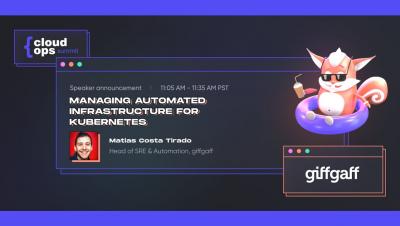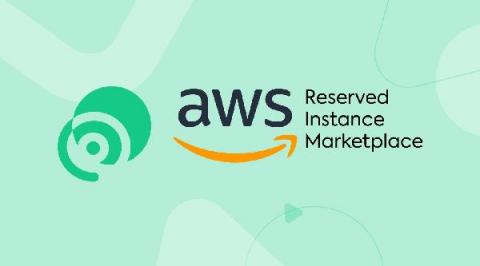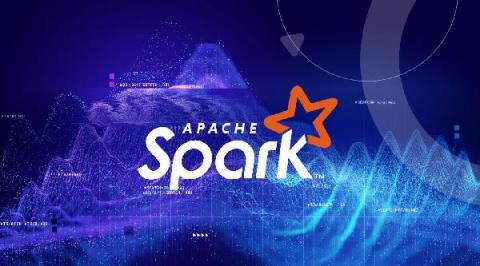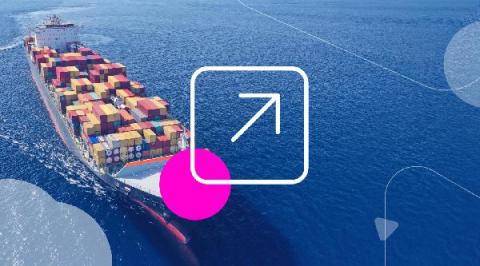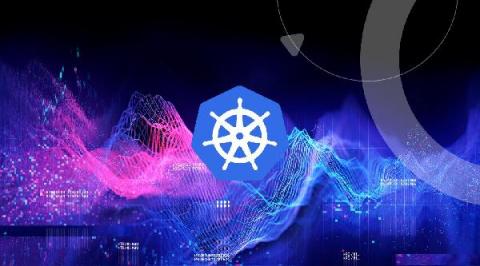Operations | Monitoring | ITSM | DevOps | Cloud
Spot
Buying on AWS Reserved Instance Marketplace
While buying AWS Savings Plans and reserved instances can potentially reduce EC2 costs by up to 70%, the 1- or 3-year commitment required to achieve these savings can sometimes end up wasting more money than if you had stayed with on-demand pricing. In this article we will explore why AWS commitments can be tricky and how buying shorter-terms RIs on the Amazon Reserved Instance Marketplace can be done successfully.
Cloud Analyzer's Saved Reports Deliver Optimized Reporting
As Spot by NetApp’s Cloud Analyzer usage grows, customer feedback is continuously being incorporated and added as new features and functionality. Recently, we have been adding to Cloud Analyzer’s spend analysis features, enabling more filters and options for conducting focused drill-down into spend data.
Challenges of a cloud native Spark application
Big data applications require distributed systems to process, store and analyze the massive amounts of information that companies are collecting. Apache Spark has become a go-to framework for this, powering use cases from AI and machine learning to data analysis, by providing a unified interface for distributing data processing tasks across a cluster of machines. Spark requires other services to manage the cluster, with YARN and Mesos as two well-known cluster management tools.
The 2021 guide to Azure cost optimization
Although it is no surprise that Gartner is forecasting that overall public cloud consumption will grow by 18%, hitting $304.9 billion in 2021, Gartner’s research also indicates that the vast majority of organizations overshoot their cloud infrastructure budgets due to a lack of cost optimization approaches.
Why right-sizing your cloud infrastructure is the New Year's resolution you need
Even though January 1 has passed, it’s not too late to commit to a New Year’s resolution. “Right–sizing” might sound like the latest fad diet that promises easy weight loss results. But you didn’t come to this particular blog because (like me) your pandemic diet sometimes consisted of nothing more than take-out and never-ending snacks.
Kubernetes right-sizing at the container level for fine-tuned application efficiency
Spot by NetApp’s Ocean continuously optimizes Kubernetes clusters with a wide feature-set tackling different aspects of running and managing Kubernetes containers in a cloud environment. One such aspect are the container resource requests defined in the cluster (upon which Ocean intelligently bin-packs pods on the underlying cloud VMs). Incorrect assumptions regarding the CPU and Memory required for an application, can incur unnecessary and costly cloud infrastructure waste.
Eco - Cost & lifecycle management for commitment purchasing
The Big Deal About Big Data and Kubernetes
Should you run big data workloads on Kubernetes? Not so long ago, most people would have said certainly not. Among the reasons you might have heard: Although early adoption of Kubernetes was dominated by stateless services rather than data-centric applications, more and more teams responsible for big data platforms are now looking to adopt Kubernetes, especially those looking to deploy and operate big data workloads in the cloud.
New Elastigroup features for Jenkins plugin give users more control of their CI/CD pipelines
Continuous integration and deployment (CI/CD) processes are becoming the standard for many organizations operating in the cloud—including many Spot by NetApp customers—with Jenkins as a core tool for building, testing and deploying code through CI/CD pipelines. Spot has had an integration with Jenkins since our early days, allowing our users to configure Elastigroups managed by Jenkins and deploy jobs running on spot instances.


